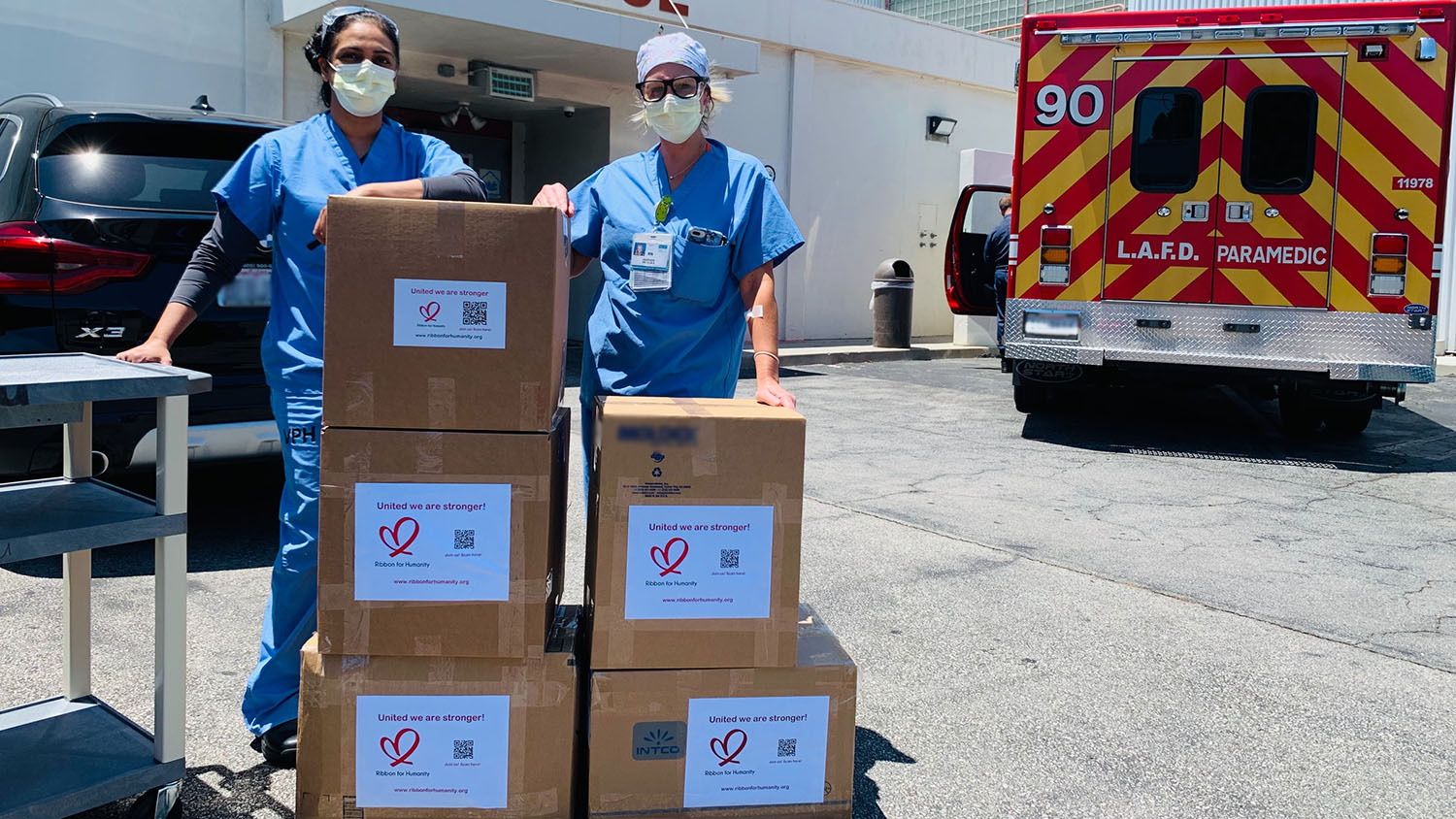
A new analysis of the United States government’s response to COVID-19 highlights myriad problems with an approach that relied, in large part, on international supply chains and the Strategic National Stockpile (SNS). A panel of academic and military experts is instead calling for a more dynamic, flexible approach to emergency preparedness at the national level.
“When COVID-19 hit, the U.S. was unable to provide adequate testing supplies and equipment, unable to provide adequate personal protective equipment (PPE), and didn’t have a functioning plan,” says Rob Handfield, first author of the study and Professor of Operations and Supply Chain Management at North Carolina State University.
“The SNS hadn’t replenished some of its supplies since the H1N1 pandemic in 2009-10. Many of its supplies were expired. And there was no clear leadership. Federal authorities punted problems to the states, leaving states to fight each other for limited resources. And the result was chaos.
“We need to be talking about this now, because the nation needs to be better prepared next time. And there is always a next time.”
To that end, Handfield and collaborators from NC State, Arizona State University, the Naval Postgraduate School and the Air Force’s Contracting Career Field Management Team came together to outline the components that are necessary to ensure that there is an adequate federal response to future health crises. They determined that an effective federal program needs to address five criteria:
- More Flexibility: In order to respond to unanticipated threats, any government system needs to have sufficient market intelligence to insure that it has lots of options, relationships and suppliers across the private sector for securing basic needs.”You can’t stockpile supplies for every possible contingency,” Handfield says.
- Inventory Visibility: The government would need to know what supplies it has, where those supplies are, and when those supplies expire. Ideally, it would also know which supplies are available in what amounts in the private sector, as well as how quickly it could purchase those supplies.”The same is true on the demand side,” Handfield says. “What do people need? Where? When?”
- Responsiveness: The governmental institution overseeing emergency preparation needs to have leadership that can review information as it becomes available and work with experts to secure and distribute supplies efficiently. This would be an ongoing process, rather than a system that is put in place only in the event of crises.
- Global Independence: The COVID-19 pandemic has highlighted the fact that the U.S. has outsourced manufacturing of critical biomedical materiel, because it was cheaper. Authorities need to consider investing in domestic manufacturing of PPE, testing supplies and equipment, pharmaceutical chemicals, syringes, and other biomedical supplies.”The past year has really driven home the consequences of being dependent on other nations to meet basic needs during a pandemic,” Handfield says. “Relying largely on the least expensive suppliers for a given product has consequences.”
- Equitable: The government needs to ensure that supplies get to where they are most needed in order to reduce the infighting and hoarding that we’ve seen in the COVID-19 pandemic.”A first step here is to settle on a way of determining how to prioritize needs and how we would define an equitable allocation and distribution of supplies,” Handfield says.
The last ingredient is bureaucratic: Coordinating all five of these components should be done by a permanent team that is focused solely on national preparation and ensuring that the relevant federal agencies are all on the same page.
“This is a fundamental shift away from the static approach of the SNS,” Handfield says. “We need to begin exploring each of these components in more detail – and defining what a governing structure would look like. We don’t know how long we’ll have until we face another crisis.”

